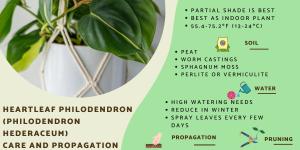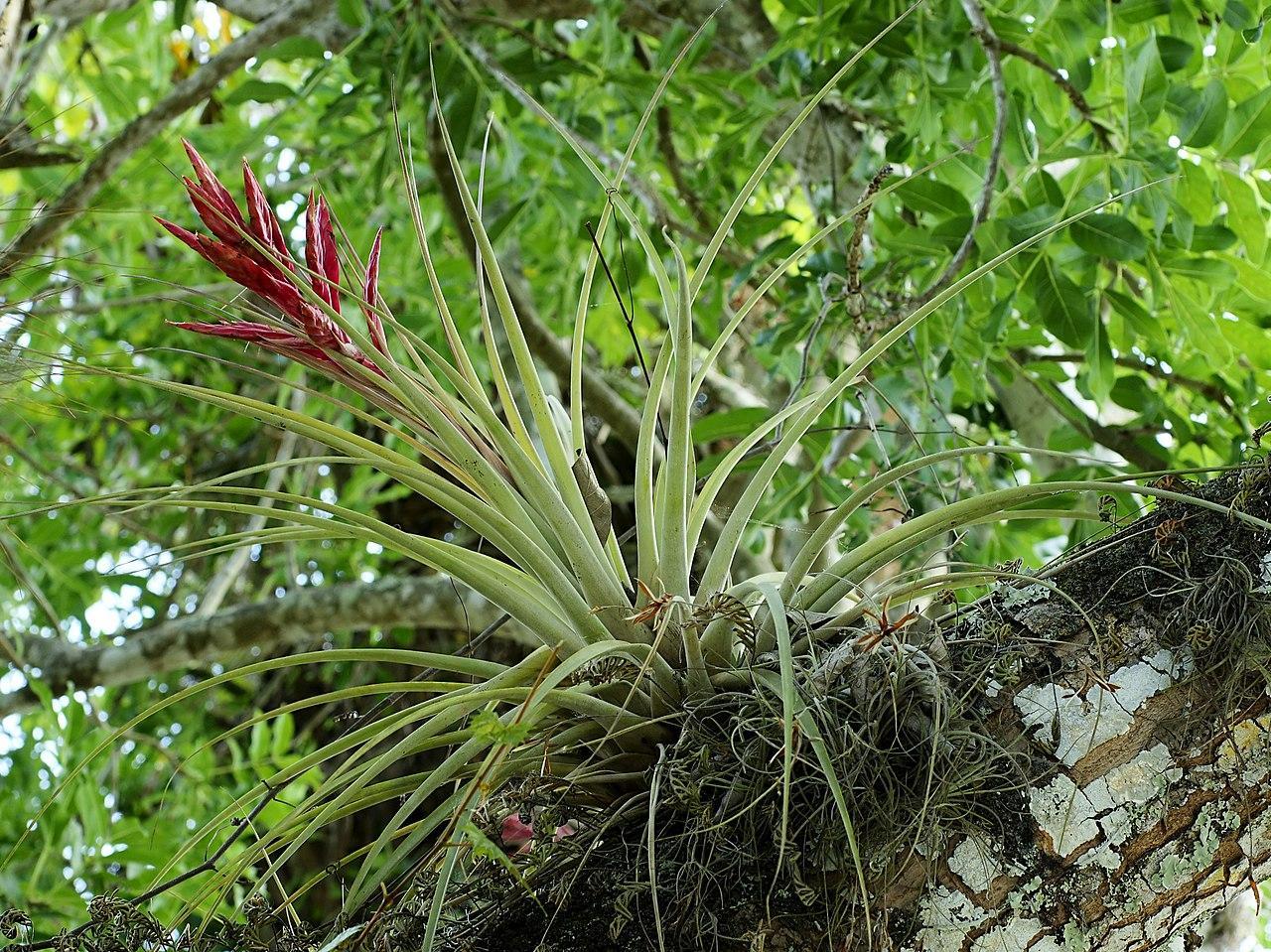Types of Air Plants - Species and Care Guide


Air plants are plants from the genus Tillandsia. They are one of the most curious types of plants due to the environment they need to grow. This is because they do not need soil for nourishment, instead growing on various surfaces which we would not necessarily associate with plant growth. Although not demanding in terms of care, they tend to have very striking leaves which present a unique aesthetic. It is a combination of this aesthetic and their specialized ability to grow which has resulted in their increasing popularity among gardeners.
For this reason, thedailyECO presents the different types of air plants. We not only look at various air plant species, but also provide a car guide to air plants in case you become inspired to grow them in your home.
Types of air plants
As stated in the introduction, air plants are from the genus Tillandsia. There are around 650 individual types of air plant species in this genus, with more likely still to be discovered. They are native to the Americas with a natural distribution range mainly in the neotropics, from Argentina to the Southern United States.
Air plants are so-called due to the fact they do not need soil to grow. There are various types of substrate to which an air plant can develop. It is this which helps to define the types of air plant:
Epiphytic air plants
These types of air plants tend to grow on the surface of other trees and plants. If they do not grow directly on them, they use these other plants for support. Although they grow on other plants, air plants are not parasitic. It is not common for them to cause any harm to the health of the plant that supports them.
Lithophytic air plants
Lithophytic air plants are distinguished from epiphytes by the surface on which they grow. Instead of rooting on other larger plants, they tend to do so on rocks, stones or walls of various kinds. These plants can absorb nutrients and substances from the supporting structure to which they have become attached.
Green air plants
Aas their name indicates, these are types of air plant species that have green leaves. They are characterized by not having trichomes. These are a kind of very short-lived tiny hair that help the plant absorb moisture from the air. For this reason, green air plants need more favorable cimates that are sufficiently humid.
Gray air plants
Gray air plants do have trichomes. It is these structures which give the gray color to their leaves and stems. Thanks to their trichomes, they are more resistant species that can obtain water and nutrients from the air. This allows them to adapt to a broader spectrum of climates and conditions.

Characteristics of air plants
Plants of the genus Tillandsia have a distinctive appearance that sets them apart from most other types of plants. This appearance is related to how they grow, as explained above. We have already mentioned the fact they can grow in unusual places. The following are some more characteristics of air plants:
- Leaf structure: the leaves of air plants come in various shapes and sizes, but they are typically slender and elongated. They can be smooth or have a scaly texture, depending on the species.
- Coloration: air plants exhibit a range of colors, including various shades of green, gray, silver, and even some species with vibrant red or purple hues. The coloration can change depending on factors such as light and humidity.
- Size: air plants vary in size, with some species as small as a few inches in height, while others can grow larger, up to several feet in length.
- Flowers: when in bloom, air plants produce colorful and often exotic-looking flowers that emerge from the center of the plant. The flower stalks can be quite tall relative to the size of the plant. The colors and shapes of the flowers also vary among different species.
- Growth: air plants can grow as solitary individuals or form clumps and colonies, depending on the species. They tend to grow slowly, adding new growth at their centers while the older leaves gradually die off.
- Adaptability: air plants are highly adaptable and can thrive in a wide range of environmental conditions. They are commonly found in tropical and subtropical regions of the Americas, from the southern United States to South America.
Air plants have become popular for their unique appearance and ease of care, making them a favorite choice for both indoor and outdoor decorations. In the sections below we provide some emblematic types of air plants, as well as a detailed care guide if you want to grow your own.
Not all non-epiphyte plants require soil to grow. Learn more with our article on different plants you can grow in water.

Types of air plant species
As we have said, there are hundreds of species of air plant. Even within these individual species, many different air plant cultivars have been created thanks to ingenious gardeners all over the world. Despite being part of the same air plant species, they may have very different physical characteristics. The following are some popular types of air plant:
- Spanish moss (Tillandsia usneoides)
- Tillandsia Albida
- Sky plant (Tillandsia ionantha)
- Tillandsia gardneri
- Tillandsia fuchsii ‘Millenium’
- Tillandsia andreana
- Medusa head (Tillandsia caput-medusae)
- Tillandsia didisticha
- Tillandsia ‘Cheryl’ (T. caput-medusae × T. capitata ‘Peach’)
- Kamm's tillandsia (Tillandsia kammii)
- Tillandsia stricta
- Tillandsia maximum
- Bulbous airplant (Tillandsia bulbosa)
- Pink quill (Tillandsia cyanea)
- Tilladsia ‘Cotton Candy’
If you want to learn about other plant genera, check out our article on types of monstera plants.

How to care for air plants
If you want to grow any of the above air plant types mentioned above, all of them require a similar level of care. This means they need the following:
Light for air plants
Like all plants, air plants need some type of light source to develop. Despite this, many of them do not tolerate direct sunlight. It is recommended to have them in a partial-shaded area. Outdoors, make sure they are protected from the hours when the sun is harshest. Indoors, put them near a window, but so that the sun does not fall on them all day. Learn about other types of partial-shade plants with our related guide.
Irrigation
When it comes to watering, most of types of air plants will appreciate being sprayed once or twice a week. This may be enough for species with gray leaves, but those with green leaves will need more frequent watering to hydrate properly.
If the plant is close to a source of heat or air conditioning devices, it will dehydrate much faster. These plants will need more frequent watering. Since air plants are not potted in soil, we cannot check this substrate for dryness. You will have t check the leaves to ensure they are sufficiently hydrated.
Air plant nutrition
Since these plants do not have roots to sink into the ground to obtain their nutrients, many of these have to reach them through the air. For this, it is necessary that the plant is in a location with a good circulation of clean air. This last detail is very important. If the air that reaches the plant is contaminated from any source, it is very likely that it will end up getting sick.
Temperature
The usual range of suitable temperatures for these plants goes from 10-32 ºC/50-90 ºF. However, it is better that you find out what the ideal temperature range is for the specific species you wish to grow.
Leaf and root care
These plants will also appreciate that you carefully remove any dry leaves that develop naturally, as well as that you fertilize them once a month during the growing season. During this time, you will only need to use half the recommended dose.
Finally, if you see that its roots are growing too much, you can cut them without problems. They only fulfill the function of fixing the plant to its support surface and are not required for nutrients as with other types of plants.
Learn about how different types of plant species survive with our article on types of xerophyte plants.
If you want to read similar articles to Types of Air Plants - Species and Care Guide, we recommend you visit our Plant care and cultivation category.








